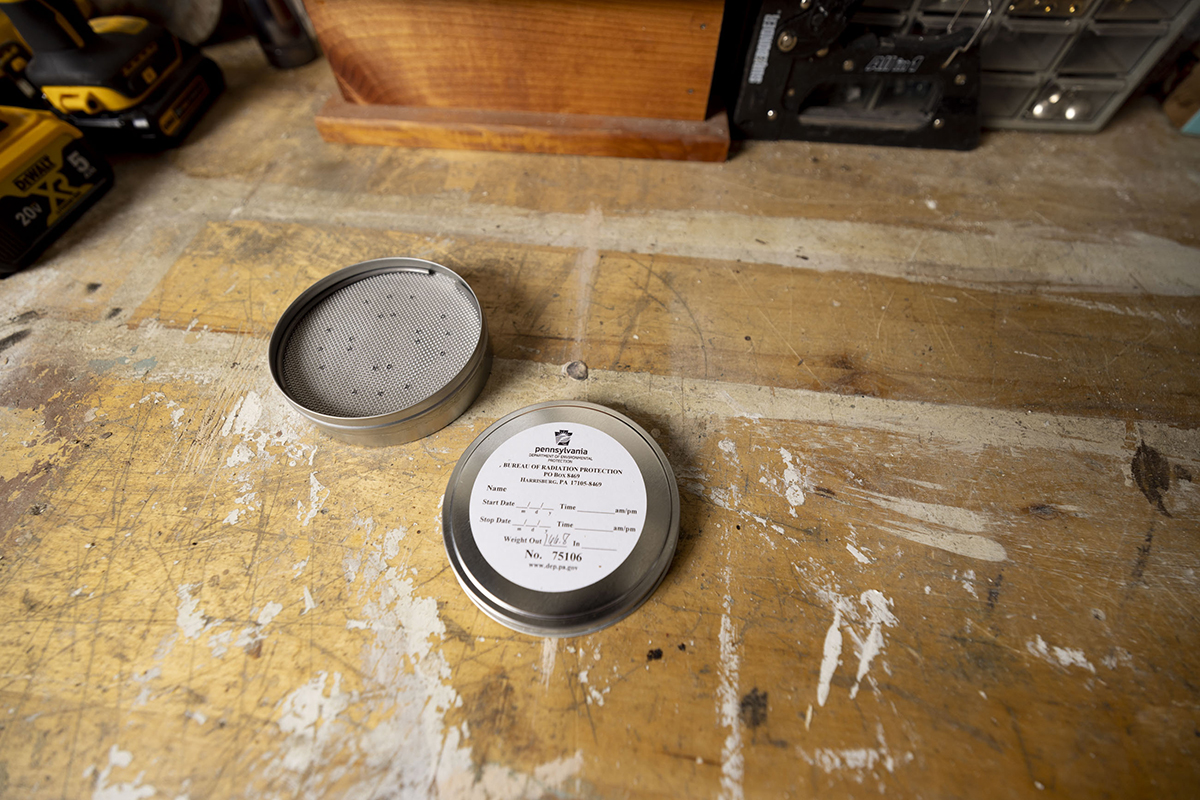
HARRISBURG, Pa. — Leaders from the Pennsylvania Departments of Environmental Protection and Health were joined by a lung cancer survivor Jan. 9 to encourage Pennsylvanians to do a simple test for radon in their homes as part of National Radon Action Month.
“Forty percent of homes in Pennsylvania have a higher level of radon gas than federal guidelines,” said DEP Acting Secretary Ramez Ziadeh. “Because radon levels vary from home to home based on local geology and house foundation type, all Pennsylvanians should test their home to protect themselves and their families. DEP offers many educational resources to help.”
Radon is an invisible, odorless radioactive gas that enters homes from the ground as a result of the breakdown of uranium and radium in rocks and soil. Due to Pennsylvania’s geology, some of the highest radon levels in the United States have been found in homes around the state. With long-term exposure, radon is the second leading cause of lung cancer, after smoking.
Personal story
Allegheny County resident Jackie Nixon was diagnosed with lung cancer in 2015. She had never smoked and was a lifelong fitness practitioner. She had a tumor on the upper lobe of her left lunch and had surgery to remove it.
After cancer treatment, she learned about radon and pushed for testing in her condominium building. The results showed there were high levels of radon in the building.
“There was no other explanation that made sense for my lung cancer,” said Nixon, who now helps educate youth and adults as part of the nonprofit Citizens for Radioactive Radon Reduction. “I’m happy to share my experience if I can help other Pennsylvanians learn about the risk of radon gas in their home.”
Nixon tells her story in a new DEP public service announcement video.
How to test

The U.S. Environmental Protection Agency recommended guideline is 4 picoCuries of radon gas per liter of air. An EPA online map shows the potential for high radon levels by county in Pennsylvania.
Lewis demonstrated how to test your home by simply opening a cannister and placing it on a flat surface in the lowest livable level of the home, usually the basement. For homes on a slab or over a crawl space, the test should be placed on the first floor. After a few days, mail the cannister to the laboratory indicated in the instructions.
Radon tests are available at hardware stores for about $20, or you can hire a certified radon tester. While a radon test can be done any time of year, winter is ideal because doors and windows are closed, providing more accurate results.
If a home’s radon level is higher than the guideline, DEP, EPA and the U.S. Surgeon General recommend having a radon reduction system, with a pipe and exhaust fan, professionally installed to vent the gas outside. The cost is about $800 to $1,200.
For other resources, including videos and webinars on how to test your home and how a radon gas reduction system works, visit dep.pa.gov/radon. DEP also provides an online list of DEP-certified professional radon testers, mitigators, and laboratories.
“We should take radon awareness seriously, as it could pose potential health risks,” Acting Secretary of Health and Pennsylvania Physician General Dr. Denise Johnson said. “The danger in radon exposure is that you can’t see it, taste it, or smell it. And you won’t have any symptoms to alert you, but over time if you are breathing in high levels of radon, it can cause lung cancer. I encourage you to get your home tested and fixed to improve your and your family’s health and safety.”









